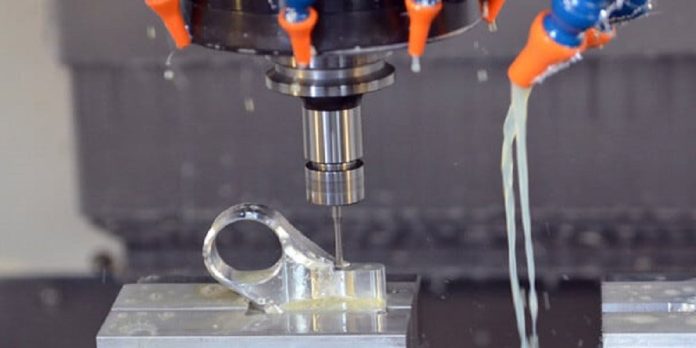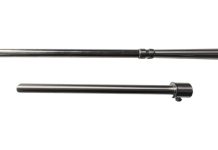It is hard to figure out any better procedure for manufacturing machines than CNC machining. This process helps in making machines of desired materials and characteristics. Prototypes are made under a process controlled by computer programs. If you are involved in prototype manufacturing, you can make a design and hand it over to the manufacturing company. CNC software will inspect your design and correct the flaws with precision. Then, it will order the operator to start manufacturing with particular raw material.
What are the material specifications for prototype manufacturing?
The whole manufacturing process revolves around the type of material used. Processing, cutting, turning, milling and finishing are performed with high efficiency and according to the need of material.
Thermoplastics are primarily processed in the machine to form the required product. CNC thermoplastic machining is a complicated process; it is tough to process plastic because it may melt while processing. So, it is hard to control the speed of vibrations in the milling cutter.
However, metal prototypes are perfectly and easily processed in CNC machines. It lessens the risk of structural irregularities and abnormal annotations. Soft metals like aluminum can be processed efficiently, requiring fewer working hours than hard metal, i.e., stainless steel.
5-axis CNC precision machining:
CNC machining offers 3, 4 and 5-axis machining; however, 5-axis machining is best up till now. 5-axis machining allows cutting in multiple planes with high accuracy. If the material is clamped one time, there is no need for further clamping or fixtures. Prototypes’ quality has increased since the 5-axis machining process was introduced. It provides refined geometry and excellent finishing to the surface of components. Customized prototypes are not difficult to manufacture owing to the CNC programs and operations.
How is CNC machining better than other processes?
CNC machining is better than other processes as it is a high-efficiency process that manufactures prototypes with a unique system. This process is renowned for rapid production and low-volume manufacturing. It prepares batches of prototypes after quick processing and reduces manufacturing time, thus saving energy. It is also an economical process that is generally accepted worldwide.
Whereas other processes like 3D printing are slow and yield fewer products. 3D printing narrows the scope of materials based on processing. While CNC machining can process and turn a wide variety of materials. 3D printing does not guarantee high-quality products and products lack sufficient strength. Though there are some advantages of 3D printing, but CNC machining has won this race by introducing remarkable features.
Applications of CNC machining:
You can observe your surroundings, and you will find a lot of machines, devices, components and parts manufactured by CNC machining. Aircraft, ships, military instruments, medical appliances, building components, and car lenses are typical examples of prototype manufacturing by CNC operators.
You can choose the CNC machining process without hesitation to make your prototypes with unique designs. This will go easy on your pocket and may guide you about the errors in creating the prototype. You will get an outstanding product with standard configuration and smooth finishing.













